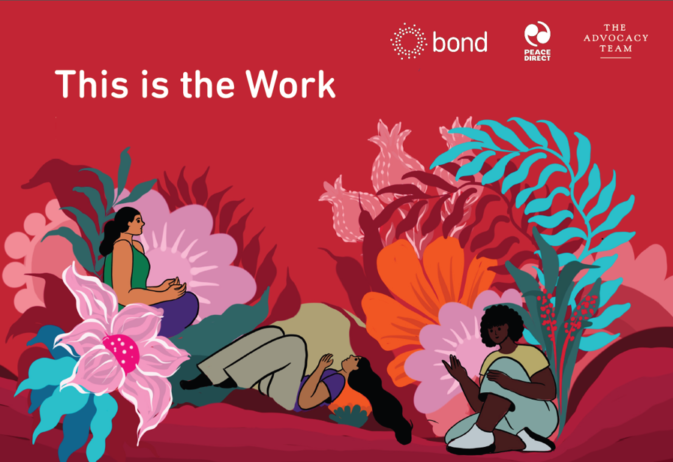UK aid cuts: what’s being prioritised and what we still need to know
Last week, UK foreign secretary Dominc Raab announced a £2.9bn package of cuts to the UK’s aid spending for 2020, as set out through a joint letter to the chairs of three parliamentary committees.
As the UK economy is expected to contract in coming months, the proposed cuts to official development assistance (ODA) spending are a measure to ensure the UK doesn’t exceed its 0.7% Gross National Income (GNI) ODA spending target. But with so much left unknown, the proposed cuts risk falling hardest on the world’s poorest people already bearing the brunt of Covid-19.
What Raab’s letter says
The letter states that the package of reductions “includes underspends, delaying activity and stopping some spend”. However, little detail is provided on the mix between these, or on which areas or departments will see reductions in their aid budgets.
The letter states that the planned package of cuts maintains “flexibility and enables the government to manage our ODA spend against an uncertain 0.7% position”. Although the final value of any drop in UK GNI is unclear, the latest economic projections by the Office for Budget Responsibility (OBR) estimate a reduction of approximately 10-14% in GDP. However, the foreign secretary’s £2.9bn reduction in ODA spending is significantly higher than this, being equal to a 19% reduction on 2019 ODA spending.
Raab says UK aid spending in 2020 will prioritise the following areas:
- poverty reduction for the “bottom billion”
- tackling climate change and reversing biodiversity loss
- championing girls’ education
- UK leadership in the global response to Covid-19
- campaigning on issues such as media freedom and freedom of religious belief
- protecting the UK’s science, research and development base.
Subscribe to our newsletter
Our weekly email newsletter, Network News, is an indispensable weekly digest of the latest updates on funding, jobs, resources, news and learning opportunities in the international development sector.
Get Network NewsWhere the UK could cut aid spending
The planned cuts come at time when we face the biggest health and humanitarian crisis of our lifetime. It is vital that the cuts are taken from areas that have been shown to have little impact on supporting those most in need.
“Covid-19 has created both a health and an economic crisis. This makes it even more imperative that any aid cuts must not be shouldered by people who are already bearing the brunt of this double tragedy and as a result are being pushed further into poverty,” says Stephanie Draper, Bond CEO.
We urge the UK government to take the following actions to protect those most in need:
- ringfence aid going towards the UK’s global Covid-19 response and any aid that supports marginalised people facing poverty, inequality, disease, conflict and climate change.
- cut programmes that have been shown to do little to contribute to poverty alleviation, such as spending by the CDC Group.
- rethink the use of “promissory notes” this year so that funding promised in advance to the CDC and multilateral institutions is reallocated towards programmes that are already up and running, delivering healthcare, water and sanitation, education and food, but are now facing cuts because of the fall in GNI.
What we still need to know
It is not clear whether the cuts will undermine the far-reaching response needed to the Covid-19 pandemic in the short and longer term, in terms of economic impacts, food security and jobs. Nor iis it clear if the cuts will be reduced if the fall in GNI is less than the worst-case scenario being planned for.
We urgently need answers to these questions and more to assess the impact of the cuts, and to ensure the UK continues to provide life-saving support to the world’s poorest:
- What is actually being cut? Which departments will be affected and what is the value of each reduction in spend by department?
- What is the breakdown of the £2.9bn including underspend, delays and stopping programmes?
- What is the timeline to “work with our respective supply chains to realise these reductions”?
- Why are the cuts around 19% when expected GNI reductions are estimated to be 10-14%?
- What provisions have been made to ensure cuts are made to programmes found to be less effective at poverty alleviation?
Category
News & ViewsThemes
Politics



